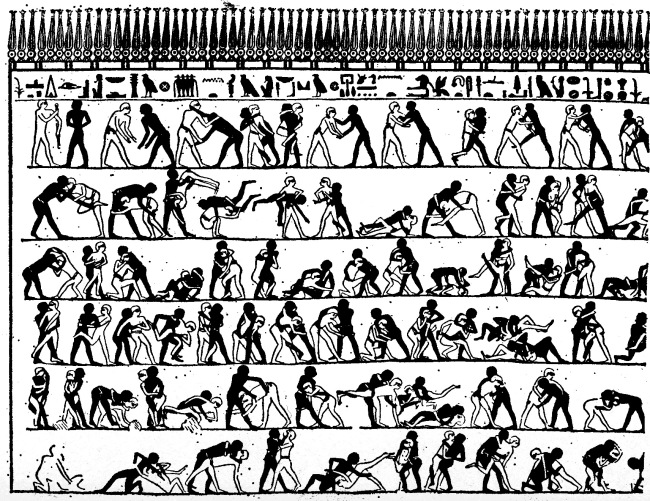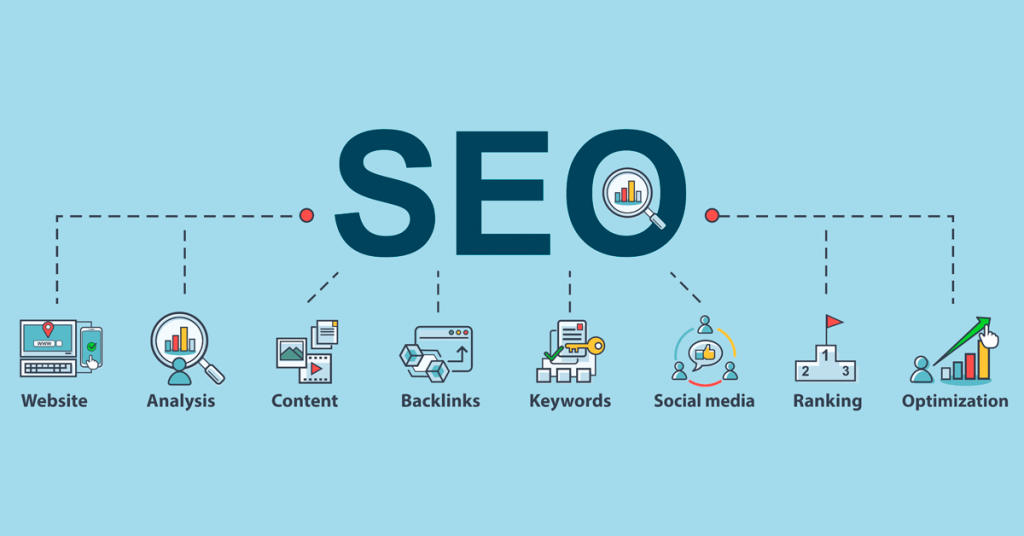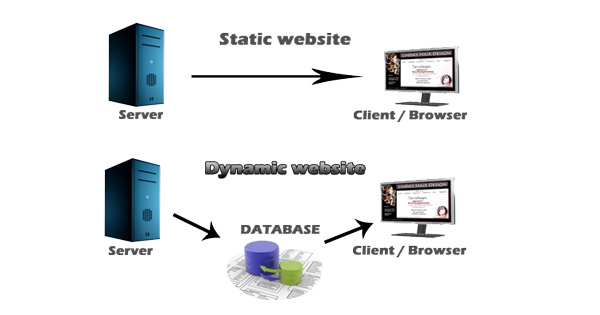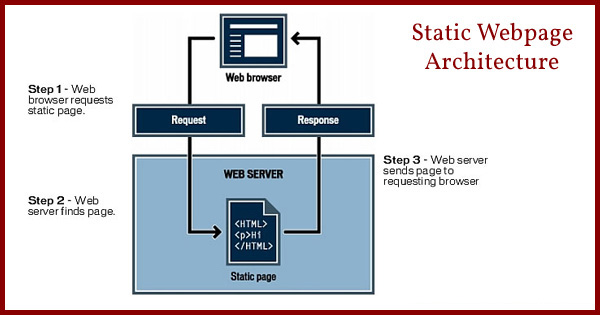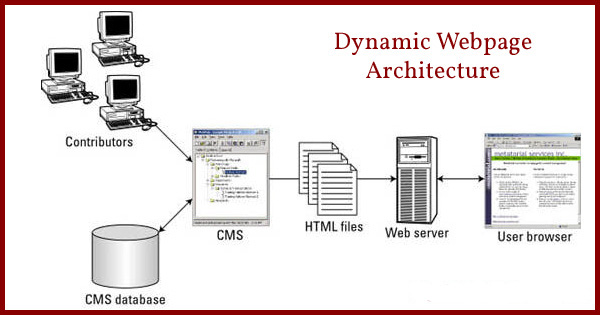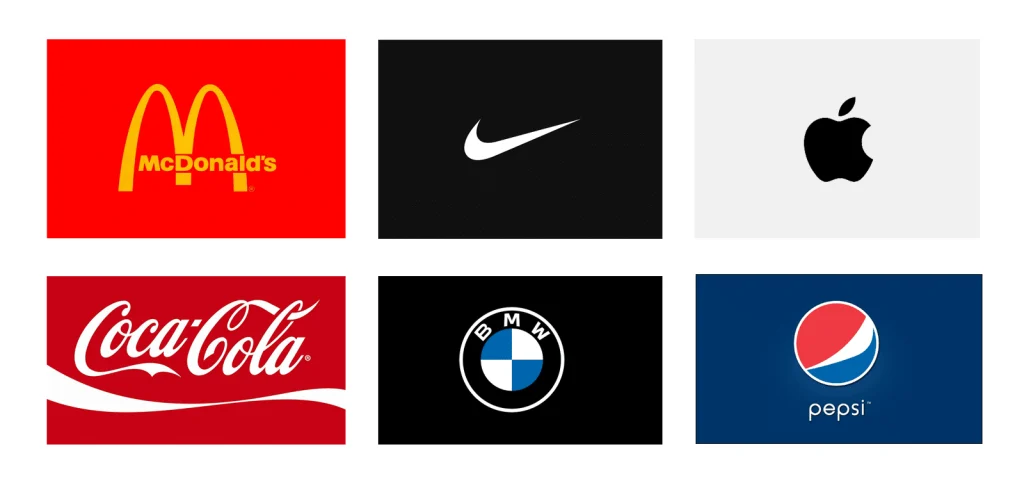Are you excited to know about the fascinating history of animation from the past to the present? You can find out about it next and also about the six different styles of an animated explainer video.
Fascinating History of Animation – from Past to Present
In the past, animation was a very lengthy process, and it was done by creating photographs one-by-one. At that time, it was not trouble-free for an individual artist to draw hundreds of drawings for the sole purpose of animation. Animation became a bit easier when celluloid was used for making backgrounds, so that backgrounds remained stationary and an animator was only required to draw characters for showing movements.
The famous cartoonist, “Walt Disney” took animation to a new level by introducing sound to animation. It was he who first produced the first full-length classically animated feature film, “Snow White and the Seven Dwarfs”.
The invention of the computer proved to be a good sign for animation artists as it made the process of animation much easier. Special effects given through computer software proved great for grabbing the attention of the viewers.
Antecedently, animation was used for making movies and cartoons but today business owners are using animation to advertise as well. Smart business owners prefer going for explainer videos in order to promote their business effectively to customers. It is worth mentioning here, too, that an animated video script writer specializes in creating great scripts for such videos.
6 Types of Animation Styles That an Explainer Video Uses
There are six animation styles through which a business can promote its products and services, which are mentioned below:
1. Character Animation
This animation style is ideal for targeting products made for children. Bisconni’s “Cocomo” Commercial is a good example of character animation.
2. Whiteboard Animation
A whiteboard video is effective for the promotion of complex business. Below is a whiteboard video that promotes the complex business of GREYHOUNDLEGAL.COM in style to its target audience:
3. Kinetic Typography Animation
This style is usually used to remind people about a popular product or service. The following is an excellent rebranding video from a reputable brand, “Burger King,” entailing kinetic typography animation:
4. Cutout Animation
Cutout animation is a great choice if you want to inspire your viewers. The following video is a good example of cutout animation:
5. Infographics Animation
It is used to present complex information quickly and clearly to the target audience. The following video of pricena.com follows infographics animation:
6. Screencast Animation
Screencast animation is a digital recording of computer screen output, also known as a “Video Screen Capture”. This animation style gives people a good understanding of a business. The following screencast video of ideascale.com tells people how the site works:
Wrapping up
You would have understood by now the meaningfulness of each animation style. Character animation attracts children, and a whiteboard video describes the complex business. Kinetic typography video reminds people about something that is popular, and a cutout video inspires viewers. Infographics animation delivers a business message effectively and a screencast animation helps people understand a particular business. In short, every explainer video has value for business.


